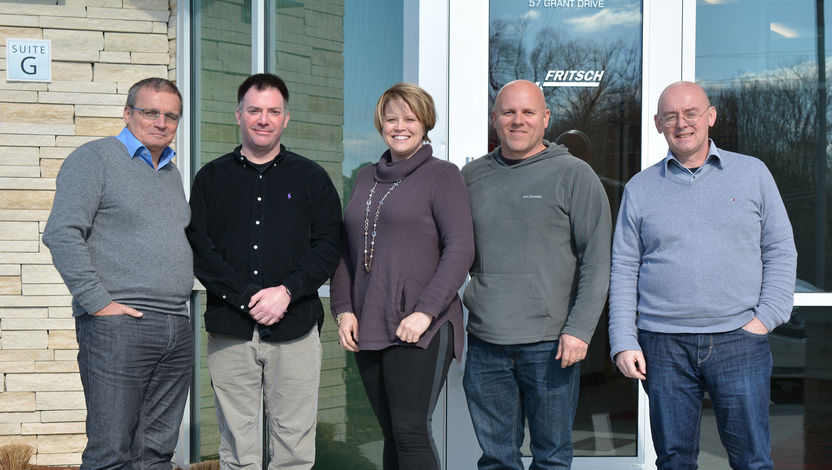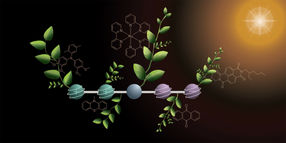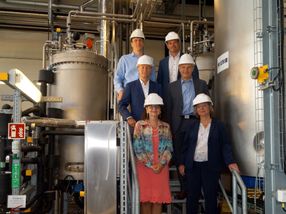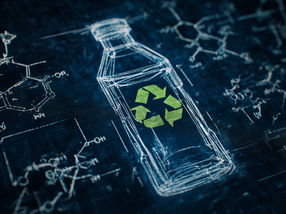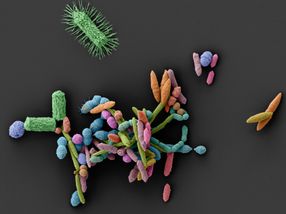450-year-old metal analysed at the nanometre level for finer detail of corrosion mechanism
Advertisement
corrosion products of a 450-year-old archaeological metal were investigated at the nanometre level using scanning transmission x-ray microscopy by scientists in France and Canada. The work is on a much finer scale than others, which usually analyse the microscale with methods like transmission electron microscopy. The study of long term corrosion mechanisms of iron and ferrous alloys can be very useful in the area of conservation and cultural heritage artefacts. It can help set up in situ conservation at archaeological sites. It is also important for designing nuclear waste storage containers, as studying archaeological iron artefacts can be considered analogous to steel containers exposed to the environment for long periods of time.
Most read news
Original publication
Organizations
Other news from the department science

Get the chemical industry in your inbox
By submitting this form you agree that LUMITOS AG will send you the newsletter(s) selected above by email. Your data will not be passed on to third parties. Your data will be stored and processed in accordance with our data protection regulations. LUMITOS may contact you by email for the purpose of advertising or market and opinion surveys. You can revoke your consent at any time without giving reasons to LUMITOS AG, Ernst-Augustin-Str. 2, 12489 Berlin, Germany or by e-mail at revoke@lumitos.com with effect for the future. In addition, each email contains a link to unsubscribe from the corresponding newsletter.
Most read news
More news from our other portals
Last viewed contents
Praxair China Signs Contract with Hong Fu Jin, Electronics
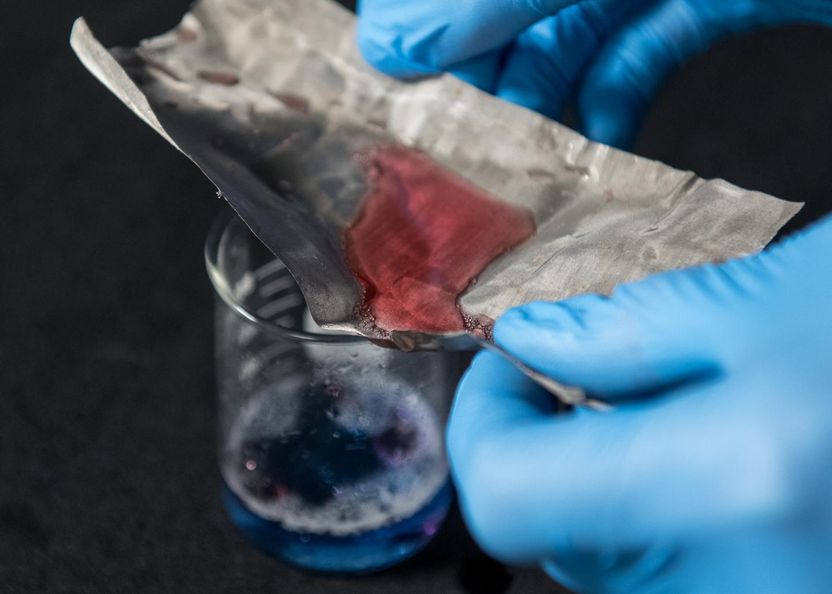
Scientists develop mesh that captures oil - but lets water through - Nano-coated mesh could clean oil spills for less than $1 per square foot
New High Purity Inorganics Brochure available from Alfa Aesar
Category:Natural_phenethylamine_alkaloids

Chemical Business Association - Crewe, United Kingdom
Removing nitrogen compounds from diesel by adsorption onto copper-containing zeolites
Category:Named_emeralds
SPECTRO announces the release of the SPECTRO XEPOS Low Sulfur XRF Analyzer
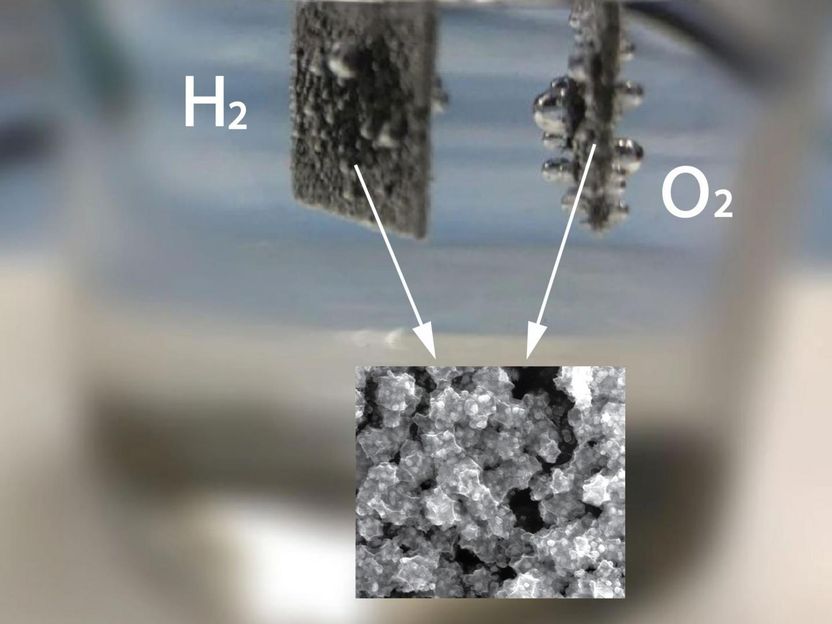
Improved water splitting advances renewable energy conversion
Wacker appoints new distributor for dispersions VINNAPAS and VINNOL in Switzerland and Brazil
